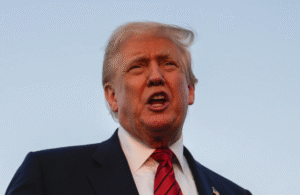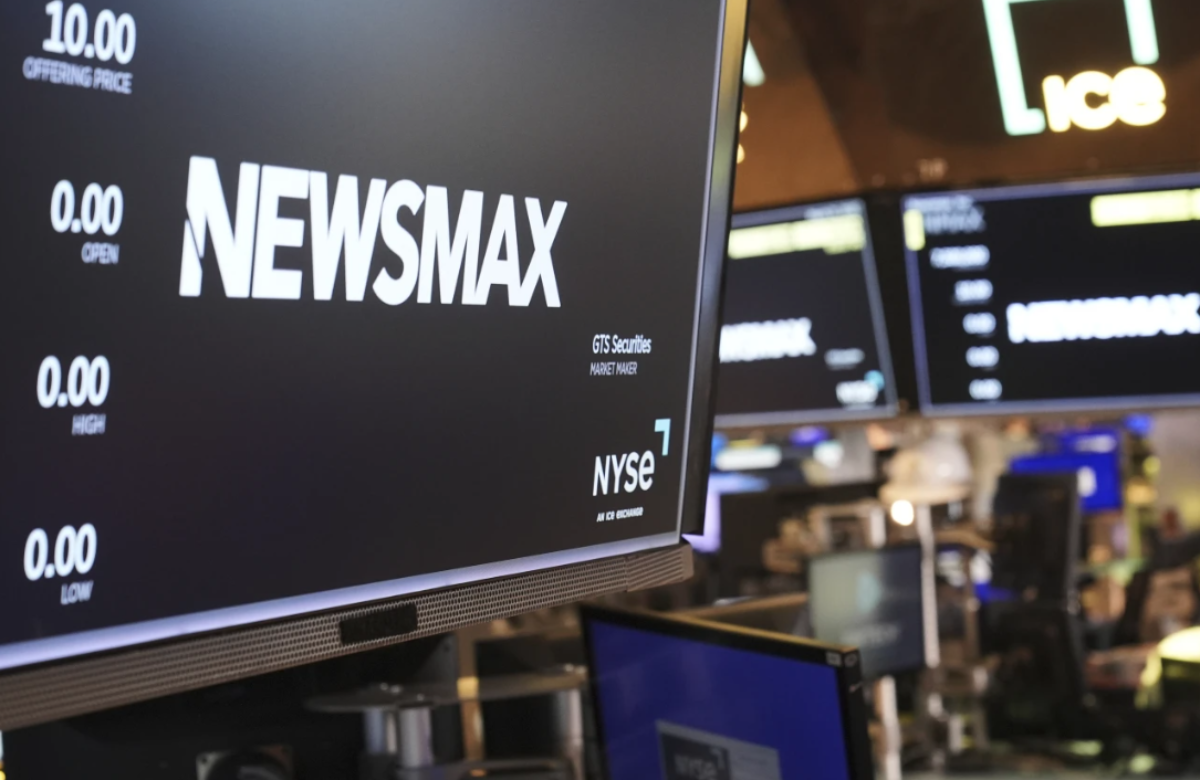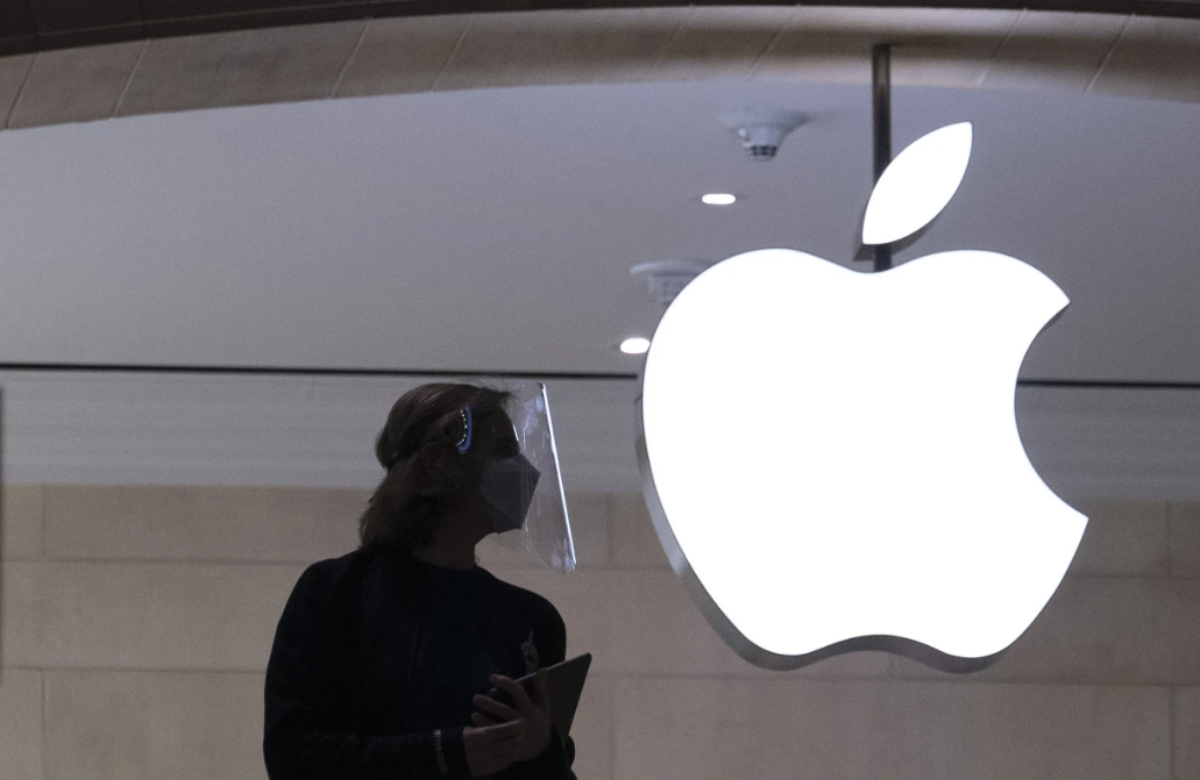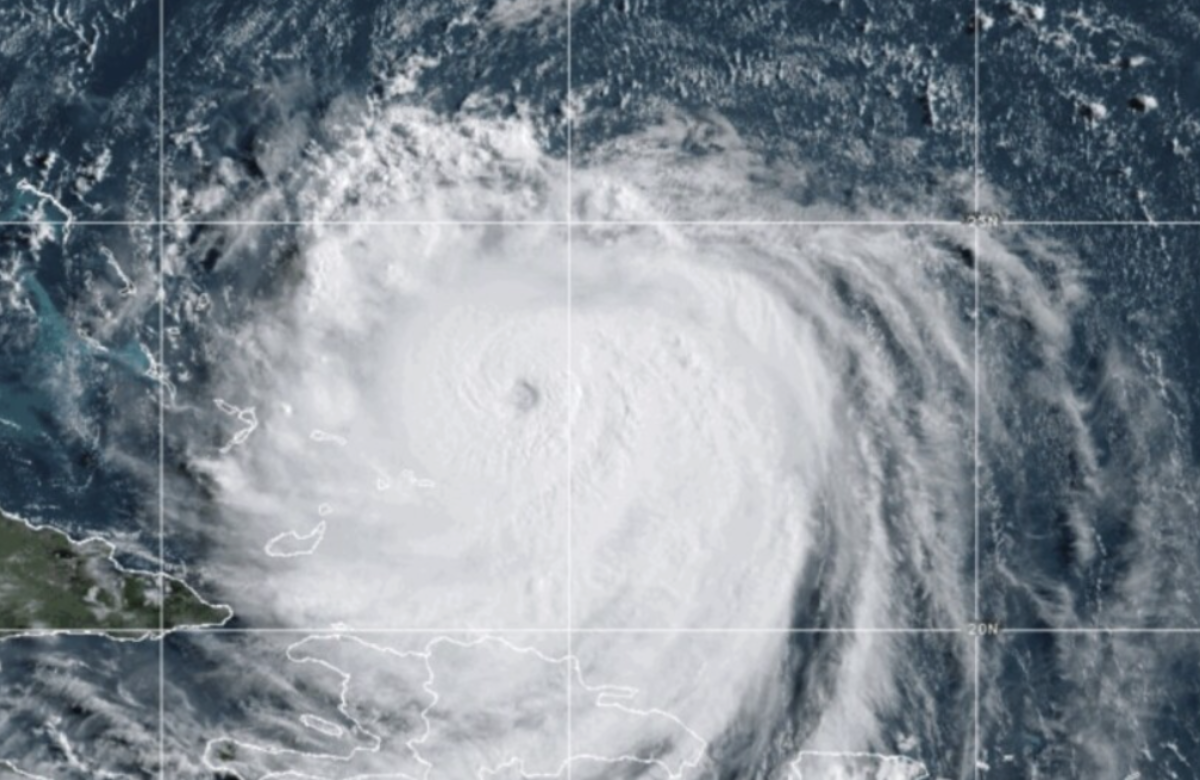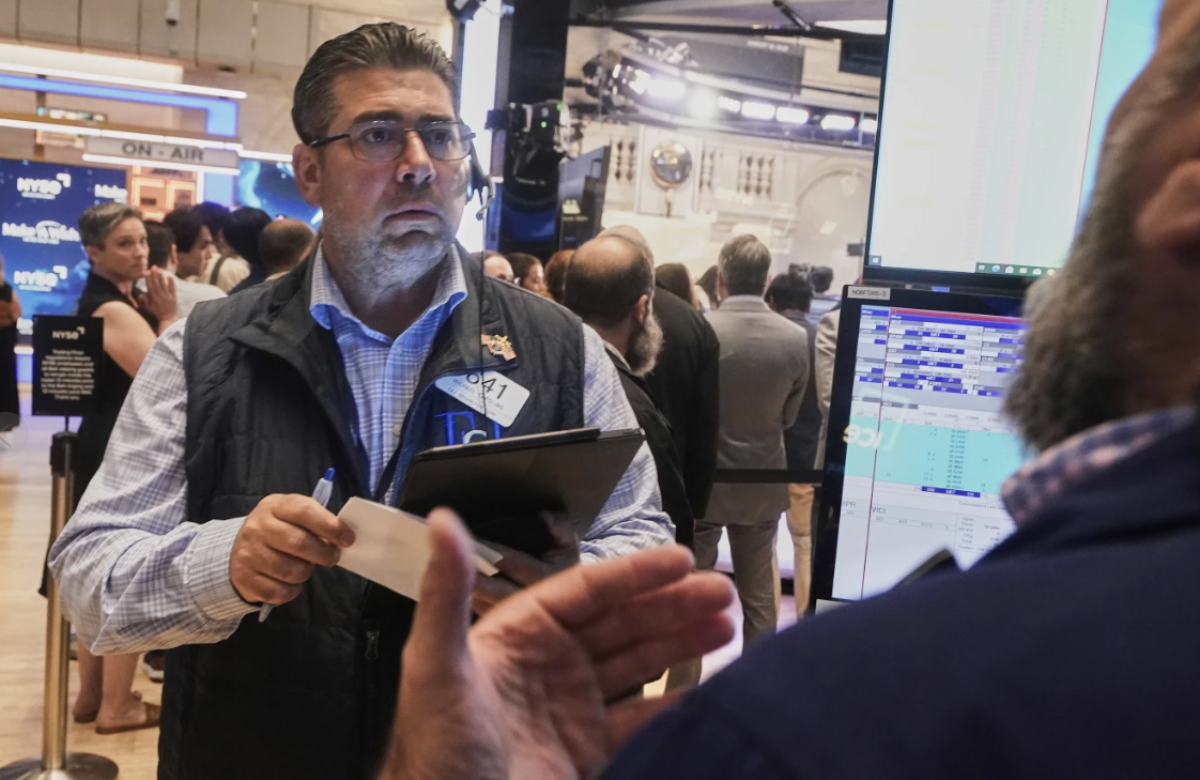As former President Donald Trump gets ready to roll out new tariff hikes, the real financial impact of his trade strategy is becoming clearer—especially for U.S. manufacturers that rely heavily on global supply chains. A recent analysis indicates that these tariffs could raise production costs by around 2% to 4.5%.
“There’s going to be a cash squeeze for a lot of these firms,” explained Chris Bangert-Drowns, a researcher at the Washington Center for Equitable Growth, who conducted the study. For factories operating with slim profit margins, such cost increases could mean stagnant wages, job cuts, or even full plant closures if the added expenses are too much to bear.
The report, released on Tuesday, highlights the political and economic challenges Trump may face in promoting tariffs as a long-term success. His policies are banking on a revival in factory towns and a rise in middle-class prosperity—an outcome that many outside economists doubt tariffs alone can achieve.
Trump has introduced new trade arrangements with countries like the European Union, Japan, the Philippines, Indonesia, and Britain, each of which would raise U.S. import duties. Starting Friday, tariffs on goods from dozens of countries are expected to be imposed, ranging from 15% to 50%.
While the U.S. stock market has reacted positively—relieved that the new tariffs are not as steep as previously threatened—there remains a hope for greater economic stability. Trump has repeatedly claimed that the revenue from tariffs will help cut the federal deficit and revitalize domestic manufacturing, even as he plays down concerns about inflation.
“We’ve wiped out inflation,” Trump said last Friday before leaving for Scotland.
But many fear that the full effect of these tariffs—higher prices and slower global growth—has yet to hit.
Survey Shows Tariffs Could Hit Consumers Hard
A June survey by the Atlanta Federal Reserve revealed that companies expect to pass about half of their increased tariff costs on to American consumers through higher prices. Labor statistics indicate the U.S. lost 14,000 manufacturing jobs after Trump’s earlier tariffs in April, putting added pressure on the upcoming June jobs report expected this Friday.
New Tariffs Bring New Challenges for U.S. Factories
The analysis by the Washington Center for Equitable Growth outlines how Trump’s focus on tariffs could backfire economically and politically. In key battleground states like Michigan and Wisconsin, over 20% of jobs are in sectors such as manufacturing, mining, construction, and oil drilling, which are especially vulnerable to rising import taxes.
Even in sectors that Trump has touted—such as artificial intelligence—tariffs pose a problem. Over 20% of the components used in electronics and computer manufacturing are imported. As a result, these tariffs could significantly inflate the already enormous cost of building out AI infrastructure in the U.S.
According to the White House, new trade frameworks will open up fresh international markets to American businesses. Kush Desai, a White House spokesman, emphasized, “The ‘Made in USA’ label is set to resume its global dominance under President Trump.”
Global Uncertainty Grows Amid Tariff Plans
While the analysis is informative, it has limits. Trump’s tariff announcements have often shifted, and the analysis primarily focuses on added costs—without deeply examining how these costs will be shared between global suppliers, U.S. manufacturers, and consumers. Additionally, the legal justification for these tariffs—as part of an “emergency” trade policy—will be reviewed by a U.S. appeals court on Thursday.
In a recent interview on Fox Business Network, Treasury Secretary Scott Bessent said that foreign countries were accepting tariffs to maintain access to the U.S. market. “Everyone is willing to pay a toll,” he remarked.
What he didn’t mention is that many U.S. manufacturers are footing that bill too.
Steel Prices Surge for Domestic Makers
In Belding, Michigan, Justin Johnson, president of Jordan Manufacturing Co., said his company has been hit hard by rising steel prices—even though it doesn’t use imported steel. Trump’s 50% tariffs on foreign steel and aluminum have allowed U.S. steel producers to raise prices due to reduced competition.
“There’s no red-blooded capitalist who isn’t going to raise his prices,” Johnson said. His company, which supplies parts to Amazon, automotive, and aerospace industries, has seen the price of a crucial material—steel coil—jump by 5% to 10% this year.
Trump Insists There’s No Inflation, But Business Owners Disagree
The White House continues to insist that inflation is under control. A report by the Council of Economic Advisers claimed that the price of imported goods fell between December and May, countering claims that tariffs were fueling inflation.
However, Ernie Tedeschi, director of economics at the Budget Lab at Yale University, says that when you look at the longer-term trends, import prices have been rising. According to his team’s estimates, the impact of tariffs will reduce the average U.S. household’s purchasing power by $2,400.
Businesses Caught Between Costs and Growth
Josh Smith, founder of Montana Knife Co., is a Trump supporter, but he’s skeptical of the tariffs. His business recently purchased a $515,000 grinding machine from Germany. Under Trump’s updated framework, the import tax will now cost him $77,250—enough money to hire another worker.
Smith said he would prefer to buy American-made equipment, but no U.S. companies manufacture the specialized machines he needs. “There’s only two companies in the world that make them, and they’re both in Germany,” he said.
He’s also concerned about steel tariffs. Previously, he sourced specialty powdered steel from Crucible Industries in New York, but the company went bankrupt and was bought by a Swedish firm. By 2026, Smith expects to face a 50% duty on that imported steel.
“The average American isn’t in my shoes, looking at these numbers and deciding daily whether or not we can hire more people because we might owe thousands in tariffs,” he said. “I want to buy more equipment and hire more people. That’s what I want to do.”
Also Read:
US-EU Trade War Risk Grows as Trump Meets European Leader in Scotland
Trump signs order to clarify college athletes’ employment status amid NIL chaos

